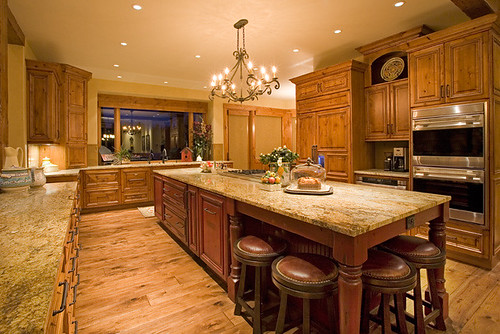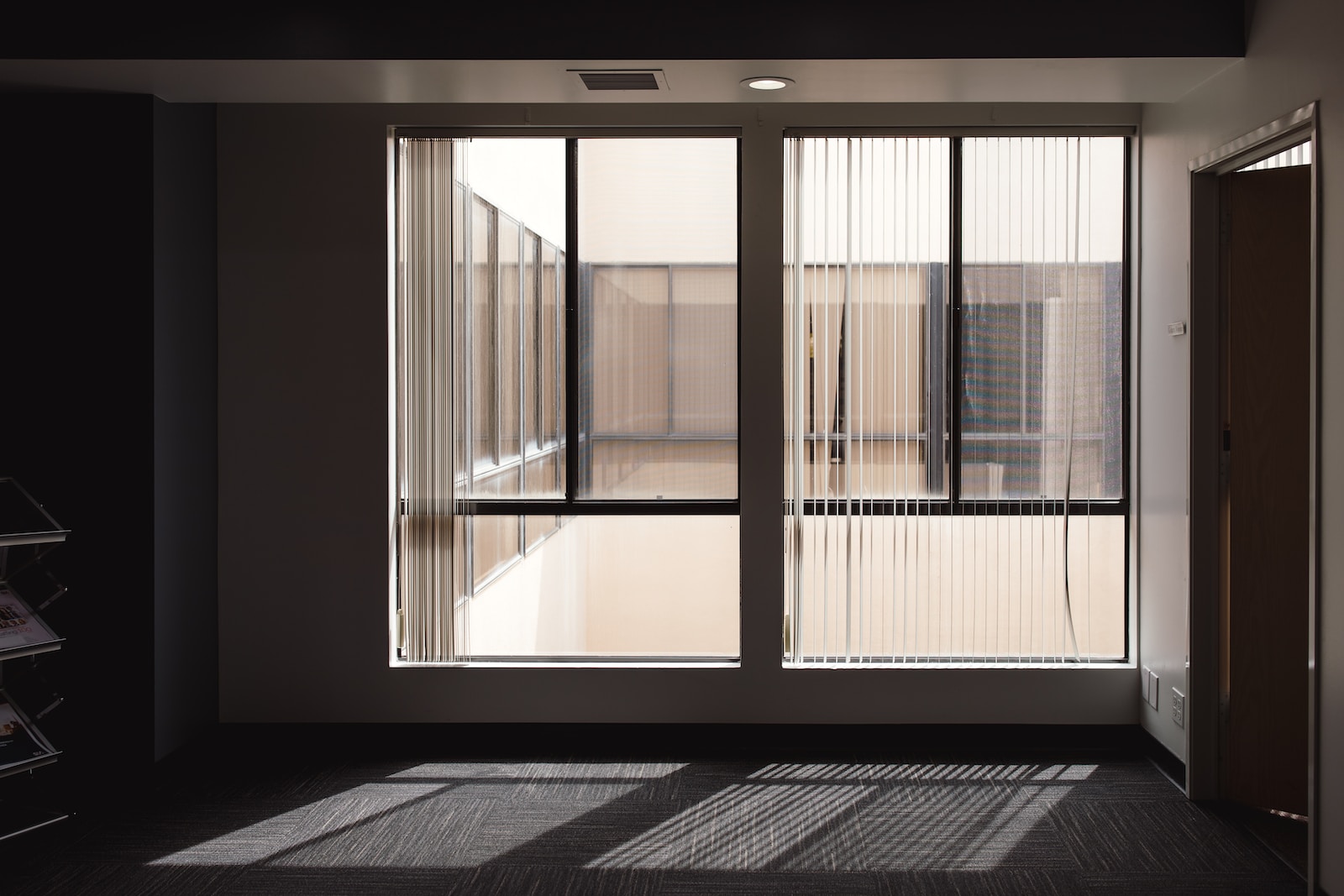Introduction
Greetings, fellow container home enthusiasts! I’m Emily Owens, your trusted source for all things container home-related, and I’m here to dive headfirst into a topic that’s crucial for sustainable living – water conservation in container homes.
Container homes have taken the world of architecture by storm, offering an eco-friendly and cost-effective way to create cozy, stylish living spaces. But as we all know, living small comes with its unique challenges, one of which is managing limited resources efficiently. In this article, we’ll explore a variety of water conservation strategies tailored specifically for container homes, complete with practical examples to help you make the most of every precious drop.
Rainwater Harvesting Systems
Let’s begin with one of the most innovative and resourceful ways to conserve water in your container home: rainwater harvesting systems. These systems collect and store rainwater, making it available for various household needs.
Imagine you’re sitting in your container home on a rainy day, sipping a cup of tea. Outside, your roof is hard at work collecting rainwater, which is then channeled into a storage tank. This harvested rainwater can be used for everything from flushing toilets to watering your garden.
Example: The Smiths, avid container home enthusiasts, installed a rainwater harvesting system on their container home’s roof. They use this stored rainwater for their toilets and washing machine, reducing their reliance on the city’s water supply.
Low-Flow Fixtures

Next on our list are low-flow fixtures. These little wonders are designed to minimize water usage without sacrificing functionality. They are a must-have for water-conscious container homeowners.
Consider swapping out your traditional faucets, showerheads, and toilets for their low-flow counterparts. These fixtures restrict water flow without sacrificing water pressure, ensuring that you use less water while still enjoying a satisfying shower or a hearty flush.
Example: The Johnsons, who live in a compact container home, replaced their old showerhead with a low-flow model. They were pleasantly surprised by how effective it was at conserving water without compromising on their shower experience.
Greywater Recycling
Now, let’s talk about recycling water within your container home. Greywater recycling involves treating and reusing wastewater generated from sinks, showers, and washing machines. With the right filtration system, this greywater can be safely repurposed for non-potable uses like irrigation and flushing toilets.
Example: The Martinez family set up a greywater recycling system in their container home. They use the treated greywater to irrigate their small vegetable garden, reducing their overall water consumption and nurturing their green thumb.
Efficient Appliances
One of the simplest ways to conserve water is by investing in water-efficient appliances. Look for appliances with high Energy Star and WaterSense ratings, as these are designed to use significantly less water and energy.

Example: Sarah, a container home enthusiast, upgraded her dishwasher and washing machine to Energy Star-rated models. Not only did she notice a decrease in her water and electricity bills, but she also felt good about reducing her environmental footprint.
Drought-Tolerant Landscaping
Your container home doesn’t have to be an island in a sea of thirsty grass and demanding plants. Consider landscaping with drought-tolerant plants that require minimal watering. Native plants are an excellent choice, as they are adapted to your region’s natural water availability.
Example: David, a container home dweller in a dry climate, transformed his outdoor space into a desert oasis with succulents and native shrubs. Not only did this save water, but it also added a unique charm to his home’s exterior.
Monitoring and Leak Detection
Water conservation isn’t just about using less water; it’s also about ensuring you’re not losing any unintentionally. Regularly monitor your water usage and check for leaks. A dripping faucet or a hidden pipe leak can waste gallons of water over time.
Example: Lisa, a container home aficionado, invested in a smart water monitoring system. It alerted her to a hidden leak in her plumbing that would have otherwise gone unnoticed, potentially saving her hundreds of dollars and countless gallons of water.
Mindful Water Use
Last but not least, let’s talk about the most straightforward and cost-effective water conservation strategy – mindful water use. It’s amazing how much water we can save by simply being more conscious of our daily habits. Turn off the tap while brushing your teeth, fix leaky faucets promptly, and only run the dishwasher or washing machine with full loads.
Example: John, a container home enthusiast, started practicing mindful water use. He made a game out of challenging himself to take shorter showers, and he was surprised to see how much water he saved in just a few weeks.
Conclusion
In the world of container homes, every drop counts. By implementing these water conservation strategies, you not only reduce your environmental footprint but also lower your water bills and contribute to a more sustainable future. So, whether you’re a seasoned container home dweller or just starting your journey, let’s raise a glass of responsibly sourced water and toast to a greener, more efficient, and water-conscious container home life!



















Find Us on Socials